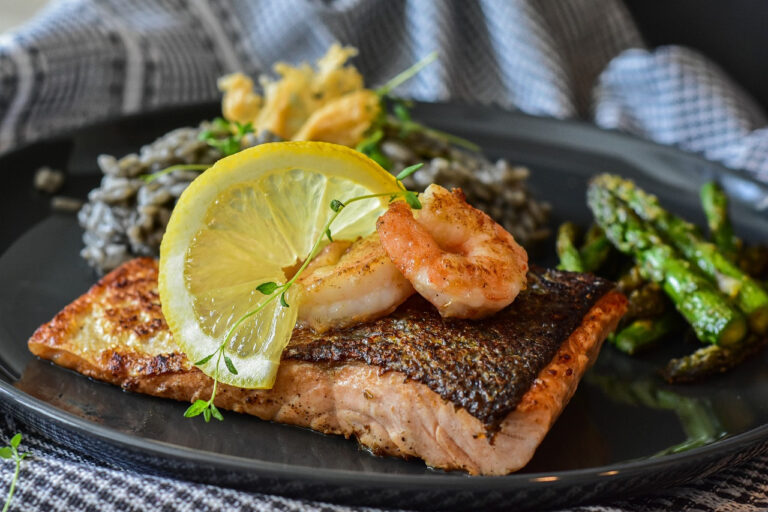Health Trends
2025.01.16
Kate Middleton Oats: A Healthy Morning Secret Kate Middleton's (43) daily habit of eating oats has become a hot topic. Since reaching cancer remission and...
Health Trends
2025.01.15
For cancer survivors, maintaining a healthy diet after treatment is just as important as the treatment itself. A well-balanced cancer diet can significantly improve well-being...
Health Trends
2025.01.14
Morning Routine: Boost Your Productivity and Start Your Day Right The way you start your morning sets the tone for the rest of your day....
Health Trends
2025.01.14
Evening Routine: The Perfect Way to End Your Day The last few hours of your day are more than just a time to unwind. An...
Fitness & Exercise
2025.01.10
Seasonal Wellness Routine: Winter Health Tips for a Fresh Start to the New Year Winter is here, and with it comes a host of challenges...
Health Trends
2025.01.09
Start Your Day Right: Why Breakfast Matters Breakfast is often referred to as the most important meal of the day, but what you eat matters...
Health Trends
2025.01.09
Discover the Mediterranean Diet Benefits for a Healthier Life The Mediterranean diet benefits go beyond weight loss—it’s a proven way to boost your health and...
Health Trends
2025.01.08
Everyday Items Safety: Hidden Risks and Practical Solutions Everyday items safety is often overlooked, but it’s crucial to understanding how hidden dangers in household products...
Health Trends
2024.12.27
Mornings aren’t just the start of the day; they set the tone for everything that follows. The way you begin your day has a profound...
Fitness & Exercise
2024.12.27
For those striving to maintain a healthy weight, consuming the right post-workout snack is crucial. Many believe that protein bars, powders, and high-protein yogurts are...








